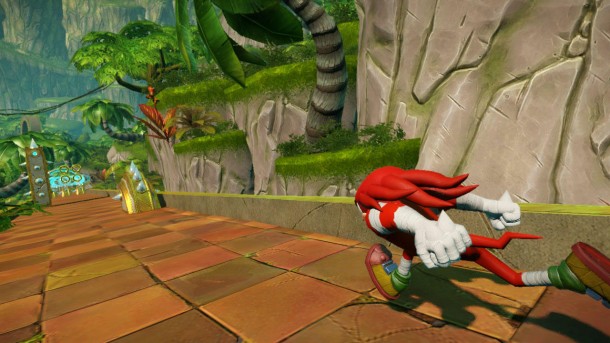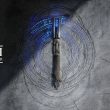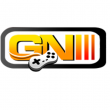How Do The Two New Sonic Booms Compare?
Bringing Sonic the Hedgehog into the third dimension is a Rubik's Cube developers have been struggling to solve for decades. There have been numerous attempts, and some fun games have come as a result, but the magic formula for the perfect Sonic the Hedgehog remains elusive. Bob Rafei and the team at developer Big Red Button are the latest to try their hand at this conundrum. Earlier this year, they announced Sonic Boom, the collective title of a new TV series, toy line, and pair of video games for the Nintendo Wii U and 3DS.
That announcement took the Internet by storm thanks to some rather unexpected new designs for Sonic and his friends. I spoke to Rafei about Sega's reasoning behind these changes, and recently had the opportunity to try both versions of the game. After so many attempts, will Sonic Boom finally break the curse of the Sonic cycle?
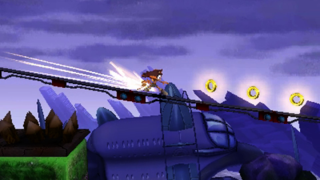
Starting with the Wii U version, what I played was divided into four sections: two exploration sections, a boss fight, and a speed section. The exploration sections had me either brawling with Eggman's robots or solving platforming puzzles using the team's different abilities. Sonic, for example, could spin dash off speed ramps to propel himself through the air, while Amy could balance on specific balance beams and horizontal bars to reach new areas.
The speed section was more like something you would find in Sonic Generations. My character was perpetually running down a path as I slid around, jumped over, and otherwise avoided various obstacles. If my reaction times were quick enough--which they weren't--I could jump off the main path to reach an alternate route, which I never did.
My favorite section, however, involved very little speed at all. I'm talking about the boss fight starring--who else--Dr. Eggman, who stole the show whenever he was onscreen. Between his pompous attitude and some good physical comedy, he really made me laugh. The boss itself was easy enough to figure out: Eggman is in a robot suit that shoots missiles, so you catch the missiles and throw them back. And while all four heroes took part in the fight, the one I controlled ended up doing the lion's share of the work. The others helped deflect the other missiles (with their bodies).
To return to the Sonic Generations comparison, the parts I played of Sonic Boom felt much more slower-paced and methodical. It's more of a 3D action game that just happens to have some high-speed moments, rather than a game all about speed. Sonic Boom also feels like an extremely dense game, considering it has exploration, platforming, four different characters with unique special abilities, three different types of collectibles that unlock different upgrades, and mysterious options for both "boat" and "submarine" buried in the controls menu that the developers declined to comment on. There is a lot going on in this game, and the way the demo was structured made it difficult to imagine how these pieces will all fit together.
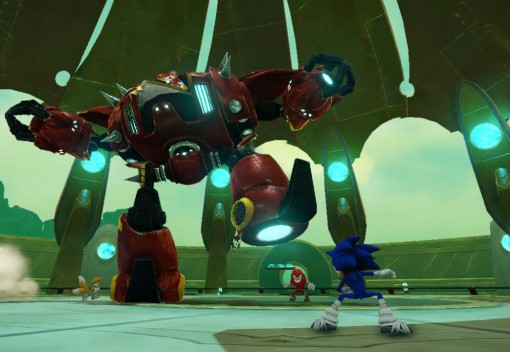

In contrast, the 3DS version of Sonic Boom is a much simpler game. It's largely a 2D platformer with an emphasis on platforming and puzzle solving, similar in pacing to the original Sonic the Hedgehog. Its stages, however, are much larger than in classic Sonic games--large enough to warrant their own map screen. Alone, Sonic couldn't reach every part of a given stage, but after recruiting some of his friends, I could return to past stages and use their abilities to reach new areas. These friends include Tails and Knuckles, with the recently announced Sticks swapping in for Amy.
Because of its narrowed focus, the 3DS version of Sonic Boom felt like more of a complete game. The Wii U version, on the other hand, was more of an interesting collection of ideas, but the game itself still has a long way to go. Hopefully it will all come together before both games are released on the Nintendo Wii U and 3DS later this year.

